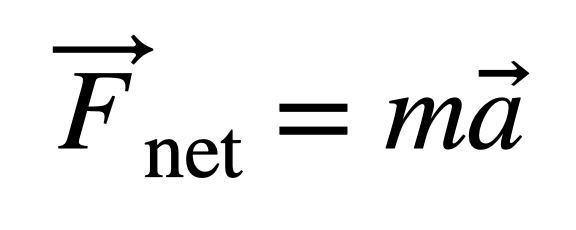Physical Address
304 North Cardinal St.
Dorchester Center, MA 02124
Physical Address
304 North Cardinal St.
Dorchester Center, MA 02124

All the technology we depend on, from cars to smartphones, was engineered Using physics. You don’t need to know science to use these things. But a good person should understand at least some basic concepts—as well as some music, art, history, and economics. Robert Heinlein said it all Time enough for love::
“To change a man’s diaper, to plan an attack, to butcher, to butcher a hog, to fit a ship, to design a building, to write a sonnet, to balance accounts, to build a wall, to set a bone, to die comfort, take orders, take orders, give orders, cooperate, work alone, solve equations, analyze a new problem, pitch fertilizer, program a computer, cook a delicious meal, fight skillfully Do, die bravely. Specialization is for insects. “
So, in the interest of not being a bug, here are my top five physics equations you should know.
1. Newton’s second law
I’m sure you’ve seen it before—it’s over 300 years old and popular for science memes and t-shirts. It states that the net force on an object is equal to its mass (Mr) times acceleration (A). But what does this mean? It’s all about interaction—like when you kick a soccer ball or drop a water bottle on the floor.
Newton’s second law states that we can describe these interactions with the concept of “force”. And what does the force do? The net force on an object changes the object’s motion. But wait! There’s another pretty cool thing in this simple-looking equation.
Look at those arrows f And A? This indicates variables that are vectors, meaning they contain multiple pieces of information. For example, if someone told you to “socially distance” yourself by 1 meter, where would you end up? Who knows? You can go 1 meter east or west or 39 degrees north. Distance itself is not the whole story; You also need to specify a direction. This is true for both force and acceleration. Other quantities (such as mass or temperature) do not have direction. We call those scalar values.
Newton’s second law is extremely useful, but strangely, people don’t seem to believe it. The common misconception is that a constant force moves an object at a constant speed. What this equation says is that if you push an object with a constant force, it will keep accelerating.